The Racial Equity Dividends Index (Index) is a comprehensive analytical tool developed by the Center for Economic Inclusion that helps businesses measure their progress toward building a racially equitable and inclusive workplace. This post explores the research behind the standards in the Index, and how implementing these policies and practices can help close the racial wealth gap in Minnesota.
By Shoreé Ingram,
Managing Director, Employer Services and Consulting
In 2022, just 35% of companies participating in the Racial Equity Dividends Index indicated that they set enterprise-wide goals for hiring, retaining and advancing Black, Indigenous, Hispanic, and Asian people in their organizations.
This racial equity standard is one of the most important ways that companies can make real structural change in their organizations. A key lever for this permanent structural change is organizational responsibility—when leaders take responsibility for reaching these goals.
Studies have found that setting specific goals for hiring, retaining, and advancing workers of color is a highly effective strategy for increasing the racial diversity of an organization’s workforce, especially for management-level roles. This practice has a stronger demonstrated impact on workforce diversity than efforts to create mentorship networks or trainings to reduce bias and discrimination.
While setting the goal is the first step, creating shared accountability across the organization toward achieving these goals is the immediate second.
What Gets Measured, Gets Done
Companies need to have mechanisms in place not just for measuring progress, but for supporting and holding leaders accountable for developing, implementing and resourcing those anti-racist strategies, and actions needed to achieve goals.
Here are three examples of racial equity standards companies can incorporate into goal setting:
Hiring, retention, and advancement questions in managers' annual performance evaluations.
Holding specific strategy sessions with managers on a quarterly, biannual, and annual basis to review progress.
Offering performance bonuses to managers based on their success in meeting hiring, retention, and advancement goals.
Goals combined with resourced action plans with clear accountabilities will achieve and sustain positive organizational change critical to a racially equitable and inclusive workplace.
Companies increasingly understand the benefit of goal setting to increase racial and ethnic diversity in their organizations and cite research that shows commitment in practice to racial equity and inclusion positively shapes perceptions of culture and work environment for all employees.
Research also shows that companies with teams made up of diverse backgrounds not only benefit from improved financial performance, but are more innovative, able to evolve to meet current market demands and compete in a global economy. This study cited diverse teams are more likely to challenge ideas and rely closely on facts with less likelihood of mistakes or errors.
Maintaining the Commitment
While setting goals, and putting action and accountability plans in place are critical, companies need to also maintain this commitment not just during times of stability or growth, but when grappling with economic downturns. Historically during economic downturns, including from 2019 to 2020, Black and Brown workers are too often the first to be laid off or fired, and the last ones hired.
A company and our region’s commitment to racial equity and economic inclusion must be centered in an understanding and commitment to what data has already showed us: we all benefit when we are all included and able to fully participate in our economy.
Do hiring goals still matter? Yes! Set those goals and be accountable for measurable progress toward a racially equitable and inclusive workplace where every employee thrives .
The Center is ready to help you kick-start and achieve your hiring goals through participation in the 2023 Index. Let’s build!
To learn more about how your company can use the Index to build enterprise-wide goals for hiring, retaining and advancing Black, Indigenous, Latino, and Asian people in your organization, register online by February 24.









